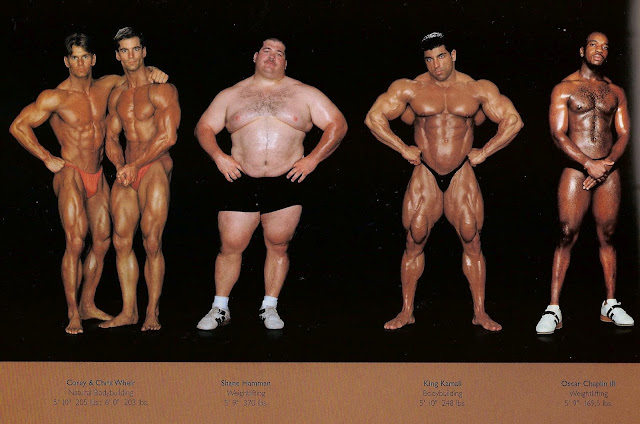Chuck Close: Daguerreotype Portrait of Kara Walker
A good portrait should reveal answers about the person, yet leave enough room for more questions. In some cases, the old ways become exciting methods for producing refreshing images and themes. A good example of this is Chuck Close's daguerreotype portrait of Kara Walker.
Chuck Close is one of the most prominent portrait artists of this generation. He is famed for his extremely large canvas paintings of people's faces, using varying grid and pixel methods to create smaller artworks in the larger portrait. Despite having prospagnosia (face blindness) and having suffered a seizure which left his arms and legs weakened, he continues to produce artworks on the same scale. Over the last decade, he has experimented with different forms of photography, with most of his famous photographs done with the daguerreotype process.
This particular portrait is a collaboration between Close and his artist friend Kara Walker, known for her work dealing with race, sexuality and identity. Walker poses in profile and is captured in silhouette, a more common form of portraiture in the 19th century. Close used daguerreotype photography, of the earliest photographic processes over a century old which involves long preparation, exposure and developing times.
The end result of these artists experimenting with old processes is a beautifully haunting profile portrait in the shadows, the outline of Walker's shoulders and head clearly visible, with the bare minimum amount of light showing enough detail on her face. For this 2007 portrait, Close was awarded the 2nd prize in the Portraits category of the World Press Photo.
For more on Chuck Close, check out this previous entry on him and his not so typical daguerreotypes. Time magazine has a good profile on Kara Walker. To find out more about the daguerreotype process, have a look at Louis Daguerre, the father of photography.



damn, i am hungry.
ReplyDelete